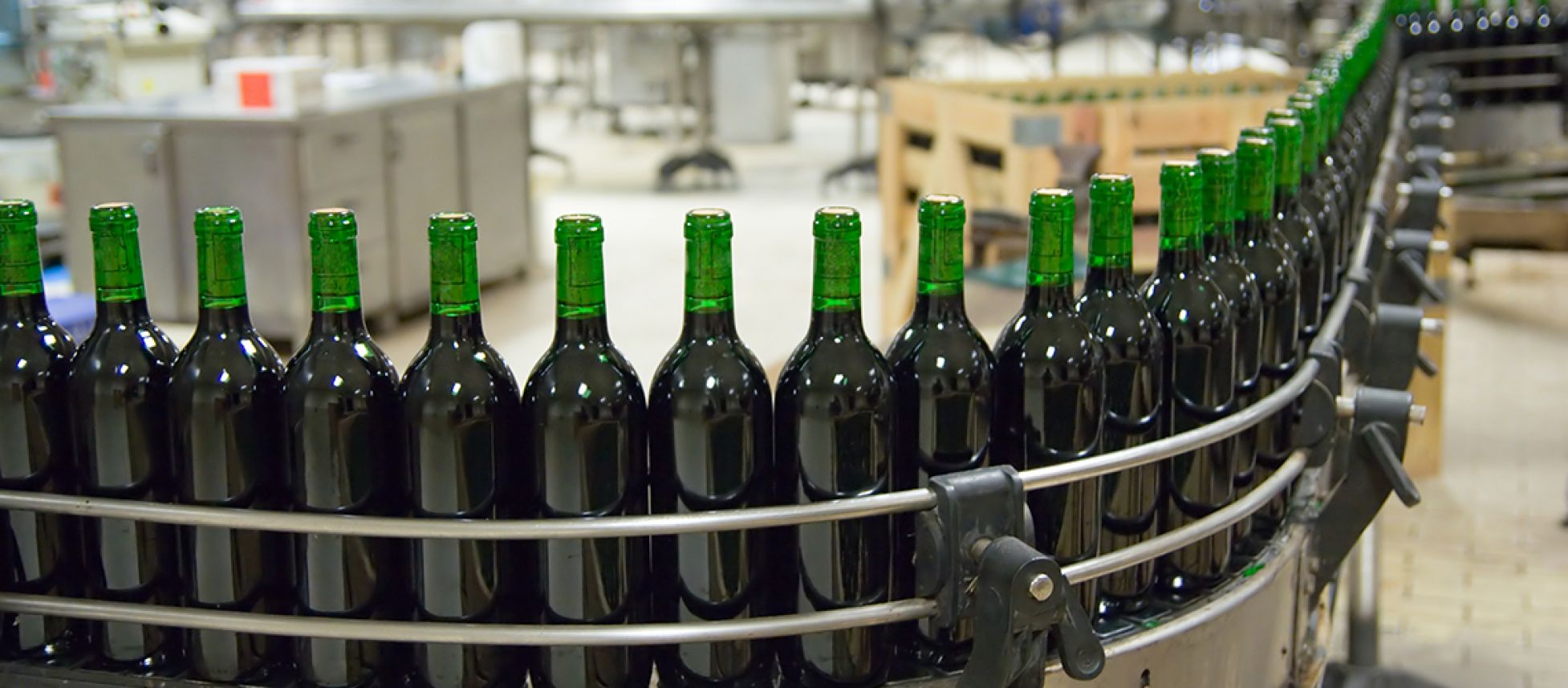Blog
Insights
What are the rules for transfer of unlabelled bottled wine?

When unlabeled bottled wine is transferred among two or more bonded wine premises for ageing or labelling, the bottler must provide these documents.
The transfer in a bond record which accompanies the wine must be accurate and specific, and the label information record for the wine must fully support any claims made on the label to be affixed to the wine. The responsibility for transferring accurate label information is not that of the producer alone; it is the responsibility of all holders of the wine from the time it is produced until it is removed from bond for consumption or sale. Here are guidelines for the various parties that may be involved when an unlabeled bottled wine is transferred among bonded premises:
What are the responsibilities of the Producer?
The producer of the wine must ensure that the transfer in a bond record required by 27 CFR 24.309 contains accurate and specific label information for all bulk wine shipped in bond (or tax paid) to other premises for bottling. This allows the bottler to apply for a COLA and ensures that the product label is correct.
What are the responsibilities of the Bottler?
The bottler obtains a COLA which can be substantiated by the transfer record which accompanied the wine from the producer. Unless the wine will be bottled at a tax paid wine bottling house, the bottler will make sure that the wine to be bottled is received and maintained on bonded (not tax paid) premises. The bottler maintains records in accordance with 27 CFR 24.308. If the bottler transfers the unlabeled bottled wine to another bonded premises for labeling, the bottler must send the wine in bond (untaxpaid) with the COLA under which the wine was bottled. If a different product label will be affixed, the bottler must obtain a correct COLA, and forward it to the premises where the label will be affixed. The transfer in a bond record that accompanies the bottled wine must contain accurate and specific information which substantiates the product label, as specified by 27 CFR 24.309.
 However, if an unlabeled bottled wine is transferred to another bonded premises for aging only, and will be subsequently returned to the bottler for the affixing of the product label, the COLA does not have to accompany the shipments. To reiterate, an approved label which accompanies the wine must carry the minimum label requirements, but it might not be the label eventually affixed to the product. The label used to bottle the wine is sometimes referred to as the “generic” label. The bottler may apply for another COLA for a product label with specific label claims, as long as the claims are substantiated by the label information record requirements of 27 CFR 24.314.
However, if an unlabeled bottled wine is transferred to another bonded premises for aging only, and will be subsequently returned to the bottler for the affixing of the product label, the COLA does not have to accompany the shipments. To reiterate, an approved label which accompanies the wine must carry the minimum label requirements, but it might not be the label eventually affixed to the product. The label used to bottle the wine is sometimes referred to as the “generic” label. The bottler may apply for another COLA for a product label with specific label claims, as long as the claims are substantiated by the label information record requirements of 27 CFR 24.314.

What does the Labeller receive from the Bottler?
The person who will affix the product label receives the unlabeled, untaxpaid bottled wine, the COLA for the product label to be affixed, and the transfer in a bond record (27 CFR 24.309) which contains accurate and specific information which substantiates the label claims. Only the bottler of the wine may apply for a COLA. If the owner of unlabeled bottled wine wants to label the wine with a label other than that which accompanied the wine, the bottler must be contacted, and the bottler must work with the owner to obtain an approved product label which is fully substantiated by the label information record for that wine.
What if the bottler is unable to provide a COLA?
If the bottler of the wine is unable to obtain label approval for the wine to be labeled, the wine may only be labeled if it is dumped to bulk and re-bottled. It may be re-bottled when an appropriate COLA is obtained by the bottler. The label may not contain any information which is not fully supported by the label information record for the wine.
What is the responsibility of the person who removes the wine from the bond?
If the labeled wine is transferred in bond to another bonded wine premises for taxable removal, it must be accompanied by the transfer in a bond record (27 CFR 24.309) which contains accurate and specific information which substantiates the label claims. The person who pays the tax on the wine is the qualified proprietor of a bonded winery or bonded wine cellar, and not a wholesaler, wine broker, agent, negotiate, retailer, consumer or, necessarily, the actual owner of the wine. Bottled wine may not be removed from bond (i.e., tax paid) without a COLA and an approved product label being affixed. This requirement is given in the wine regulations at 27 CFR 24.257(a) which states in part: “The proprietor must label each bottle or other containers of beverage wine prior to removal for consumption or sale.”
How long must the records be kept?
All records must be retained for a period of not less than three years from the record date or the date of last entry required to be made in the record, whichever is later. However, TTB may require records to be kept for a period of not more than three additional years, if deemed necessary.
If you're a bulk wine or bulk spirits supplier, contract bottler, or private label producer aiming to connect with serious trade buyers, IBWSS San Francisco is the event you can't afford to miss. Get a quotation or Book a exhibitor table.

